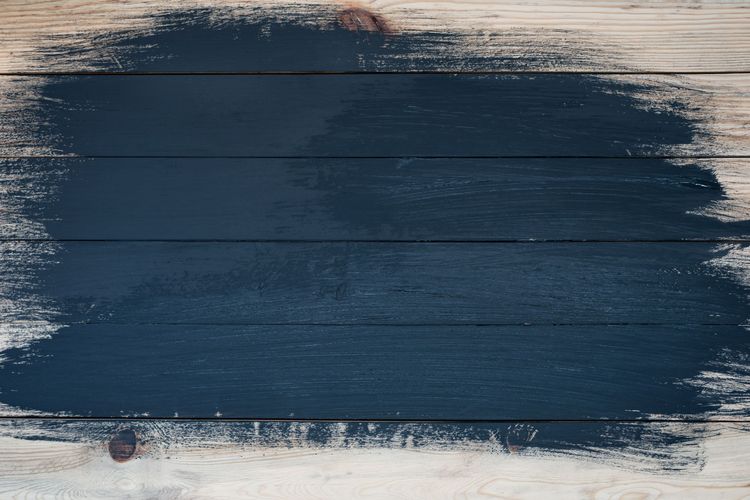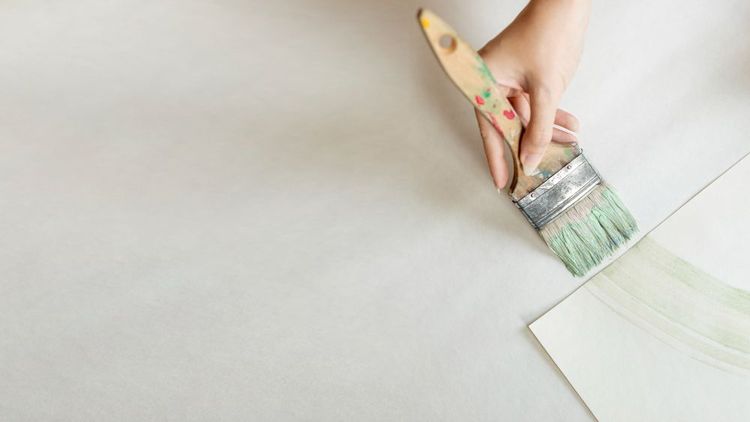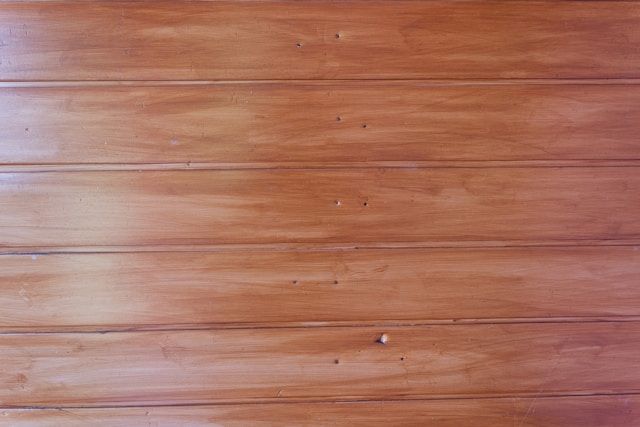How to properly remove varnish and other protective coatings
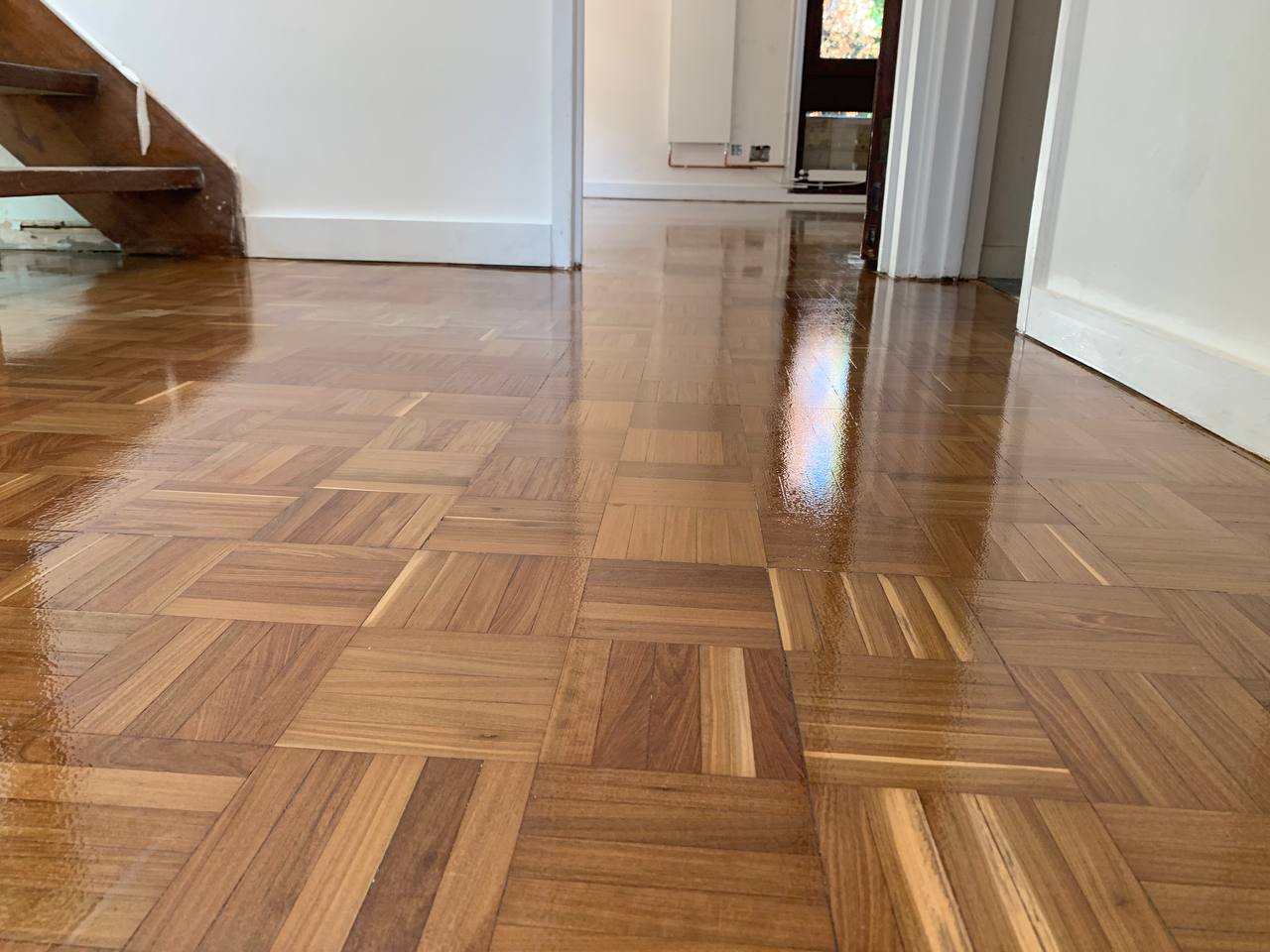
Every craftsman, whether amateur or professional, is faced with the task of removing lacquer and other protective coatings. This procedure requires not only neatness, but also knowledge of the correct techniques to keep the surface in perfect condition. Questions often arise: which tool to choose, which means to use, how to avoid damage? In this article we will reveal all the secrets of removing protective coatings, from varnish to specialized protective layers. You will learn how to properly prepare the surface, choose the right materials and tools, and perform the removal process step by step so that the result exceeds expectations.
Deciding how to remove varnish
Almost all types of varnishes form a film on the surface, protecting the material and giving it an aesthetic appearance. However, these compositions differ in their principle of action and in the thickness of the coating, which makes it impossible to use one universal method for their removal.
It is important to take into account the condition and material of the surface to which the varnish is applied. Wood, metal or plastic require different working methods to avoid damage. For example, for delicate wooden surfaces, it is better to use special flushes that gently remove the varnish without damaging the wood. Metal surfaces can withstand more aggressive methods such as sanding or using chemical solvents.

Density and Coating Layer
The density and thickness of the lacquer coating plays a key role in choosing a method of removal. Thin layers of lacquer can be removed using mild solvents or light sanding. However, thicker and denser coatings may require more aggressive chemicals or mechanical action such as the use of a grinder. Determining the density and thickness of the coat will help avoid unnecessary force and damage to the surface.
Chemical composition of the finish
Different varnishes have their own unique chemical composition, which requires a customized approach to their removal. For example, acrylic lacquers dissolve easily in water and mild solvents, while polyurethane and epoxy finishes require stronger chemicals. It is important to take into account that improper use of chemicals can damage not only the coating, but also the surface itself. Therefore, before starting work, it is recommended to conduct a test on a small area to ensure the effectiveness and safety of the selected means.
Nature of the working substrate
The type of surface to which the varnish is applied also affects the choice of method of its removal. Wooden surfaces require special care, as they are easily damaged by excessive mechanical impact or the use of aggressive chemicals. Metal surfaces can withstand more intensive methods such as the use of solvents or mechanical sanding. Plastic surfaces, on the other hand, may be sensitive to some chemicals and require the use of specialty paint removers. Considering the nature of the substrate will help to select the most appropriate and safe method of coating removal.
Mechanical method
The mechanical method of varnish removal is one of the simplest and most common methods. It involves physical action on the coating, which allows you to effectively remove varnish from wood or other surfaces. Various tools can be used for this purpose:
- Stiff brushes or metal blades are suitable for stripping off the lacquer film.
- Abrasives with varying degrees of grit allow you to erase a thin layer of coating.
- Blades, knives and even pieces of glass can serve as an alternative to ready-made tools, although glass quickly becomes dull and needs to be replaced.
When using any hand tools, precautions should be taken to avoid cuts and other injuries. It is recommended to wear protective gloves and goggles.
In addition to hand tools, there are mechanized counterparts that can be used in conjunction with electrical equipment. For example:
- Nozzles with a metal pile, installed in the chuck of a drill or screwdriver, are an analog of hard brushes.
- Angle grinders can be used with petal disks, bristle edge, emery or grinding wheels. These wheels are mounted on a special pad called a plate.
Another effective solution for removing varnish from a wooden surface is the use of a specialized tool - a grinder. It allows you to quickly and evenly remove varnish, providing a smooth surface ready for further processing or applying a new coating.
Choosing a grinder
Choosing the right sander plays an important role in the successful removal of varnish from various surfaces. Let's consider the main types of sanders and their features.
Vibrating
Vibrating sander is one of the most versatile tools for sanding. It works by rapidly moving the soleplate back and forth, which allows you to effectively remove varnish and other coatings from flat surfaces. Vibratory sanders come in a variety of sizes, from compact models for small jobs to large professional machines. They are ideal for working on corners and edges due to their maneuverability. However, vibrating machines can leave fine scratches on the surface, so it's important to use them with the correct grit of sandpaper.
Belt
A belt sander is designed for removing thick layers of material and working on large surfaces. It features a continuous belt that runs in a closed loop, providing high speed and efficiency. Taping machines are ideal for rough wood surfaces, allowing you to quickly remove old varnish or paint. However, they do require care as they can easily damage the surface if used incorrectly. It is best to use a belt sander on flat, open areas, avoiding delicate corners and small details.
Eccentric
The eccentric sander combines the advantages of vibrating and belt models. It works by combining rotational and vibratory movements of the soleplate, which ensures high quality workmanship and minimizes the risk of damage to the surface. Eccentric machines are excellent for finish sanding, creating a smooth and even surface. They are effective on both flat and curved surfaces, making them a versatile tool for varnish removal. An added benefit is the ability to adjust the speed, allowing you to customize the tool for specific tasks and materials.
The choice of sander depends on specific tasks and the type of surface. It is important to take into account the features of each model and use them in accordance with the recommendations to achieve the best results in removing lacquer and preparing the surface for further processing.
Chemical method
Liquid lacquer removers are effective if the coating consists of a maximum of three layers. This is due to the fact that such flushes contain solvents that evaporate quickly. As a result, the chemicals only affect the coating for a short period of time. Liquid flushes also have a limitation when used on vertical surfaces, as they simply run off.
Gel and paste paint removers are capable of long lasting effects on the coating, making them ideal for multi-layered coatings and vertical surfaces. These formulations do not chip and provide deep penetration into the layers of varnish, effectively softening it.
Powder flushes are often used for large-scale work due to their ease of use and long shelf life. Before use, the powder is diluted in water, turning it into a thick paste-like mass that can be easily applied to the surface and effectively softens the varnished layers.
Chemical removal steps
The chemical lacquer removal process involves several steps. It is important to protect the surrounding objects, hands, respiratory system and eyes from chemical exposure. Next, you must follow the manufacturer's instructions. The basic steps are usually as follows:
- Application Apply the product to the surface in a single coat using a natural or artificial bristle brush. The choice of bristles depends on the aggressiveness of the compound used.
- To increase the effectiveness of the product, the evaporation of solvents can be slowed down, especially when using liquid formulations. To do this, wrap the treated area with a polyethylene film, creating a kind of compress for 1-4 hours, depending on the number of layers of coating. For gels and pastes, such a procedure can also be useful.
- Removal After the varnish has softened, remove it with a spatula. For a neater job, round the corners on the metal blade of the trowel and watch the pressure so as not to damage the wood. Finally, it is necessary to neutralize the residual chemicals. Rinse the surface with ordinary water or a solution of vinegar (100 ml per 0.5 liters of water). Quickly and thoroughly rinse off the residual rinse to avoid negative impact on the work surface. Then wipe and dry the surface, avoiding direct sunlight.
Following these steps will help to remove the lacquer coating effectively and safely, preparing the surface for further processing.
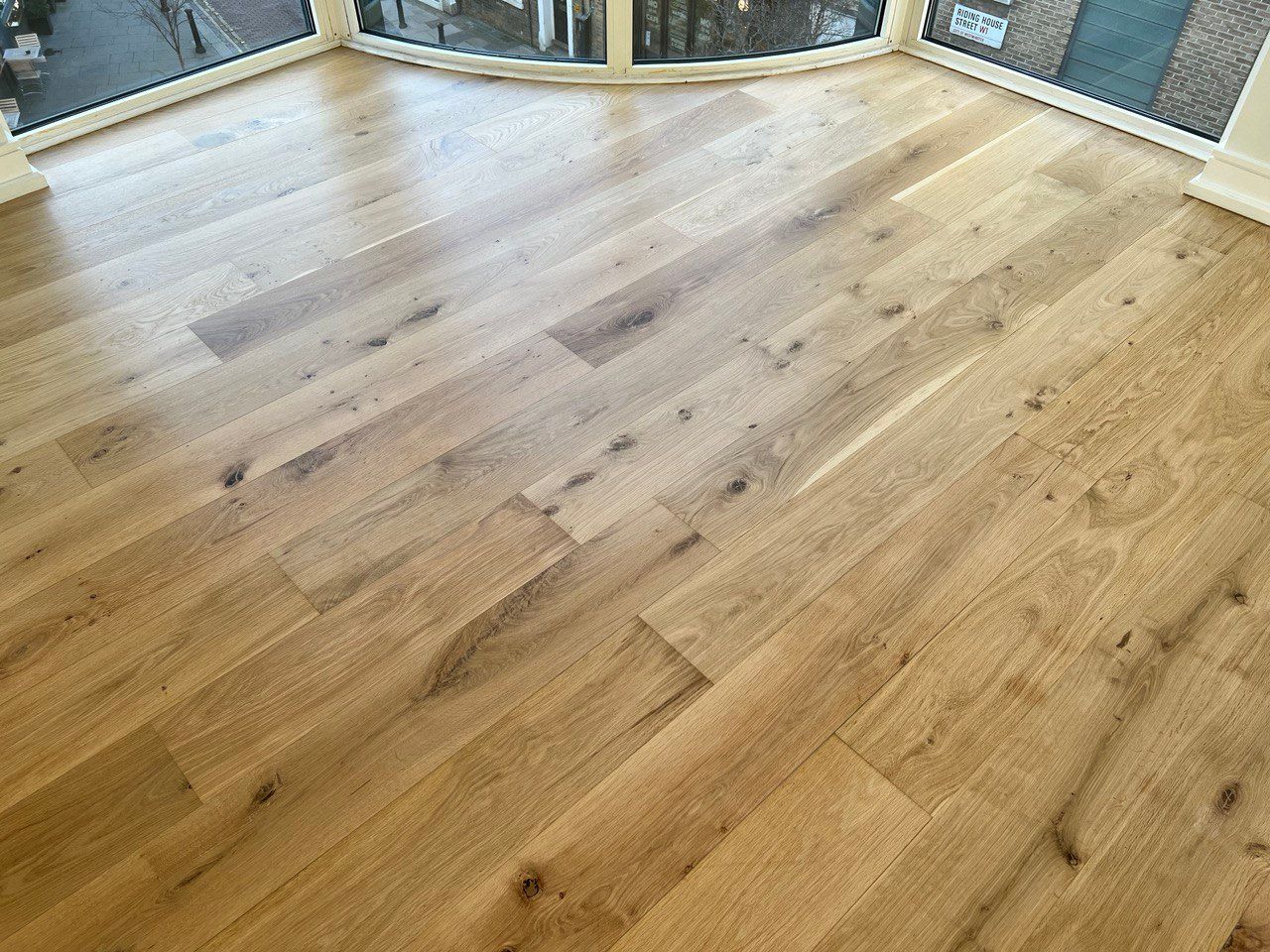
Thermal method
The thermal method of removing varnish and other protective coatings is effective for dense and thick layers. This method involves using high temperatures to soften the varnish, making it easier to remove it from the surface. The main tools for this method are a heat gun or a construction dryer, which generates hot air directed at the varnished surface. Metal or plastic spatulas are used to remove the softened lacquer. It is also important to use protective equipment such as a respirator, goggles and gloves to ensure safety when working with high temperatures.
The process starts with preparing the work area. It is important to ensure good ventilation, as the lacquer can release toxic fumes when heated. It is also worth protecting surrounding surfaces and objects from high temperatures. After that, you can turn on a heat gun or construction dryer, setting a suitable temperature. The tool should be held at a distance of about 5-10 cm from the surface, moving it smoothly to evenly heat the lacquer.
When the varnish starts to bubble and soften, it can be removed with a spatula. Carefully pick up and scrape off the softened varnish, taking care not to damage the main surface. It is better to work in small sections so that the varnish does not harden again before it is removed. The heating and removal process is repeated until the entire surface is free of varnish. Finally, fine-grained sandpaper or other abrasive material can be used to remove the remaining lacquer.
This method allows the lacquer to be removed effectively and safely, preparing the surface for further treatment or re-coating.

